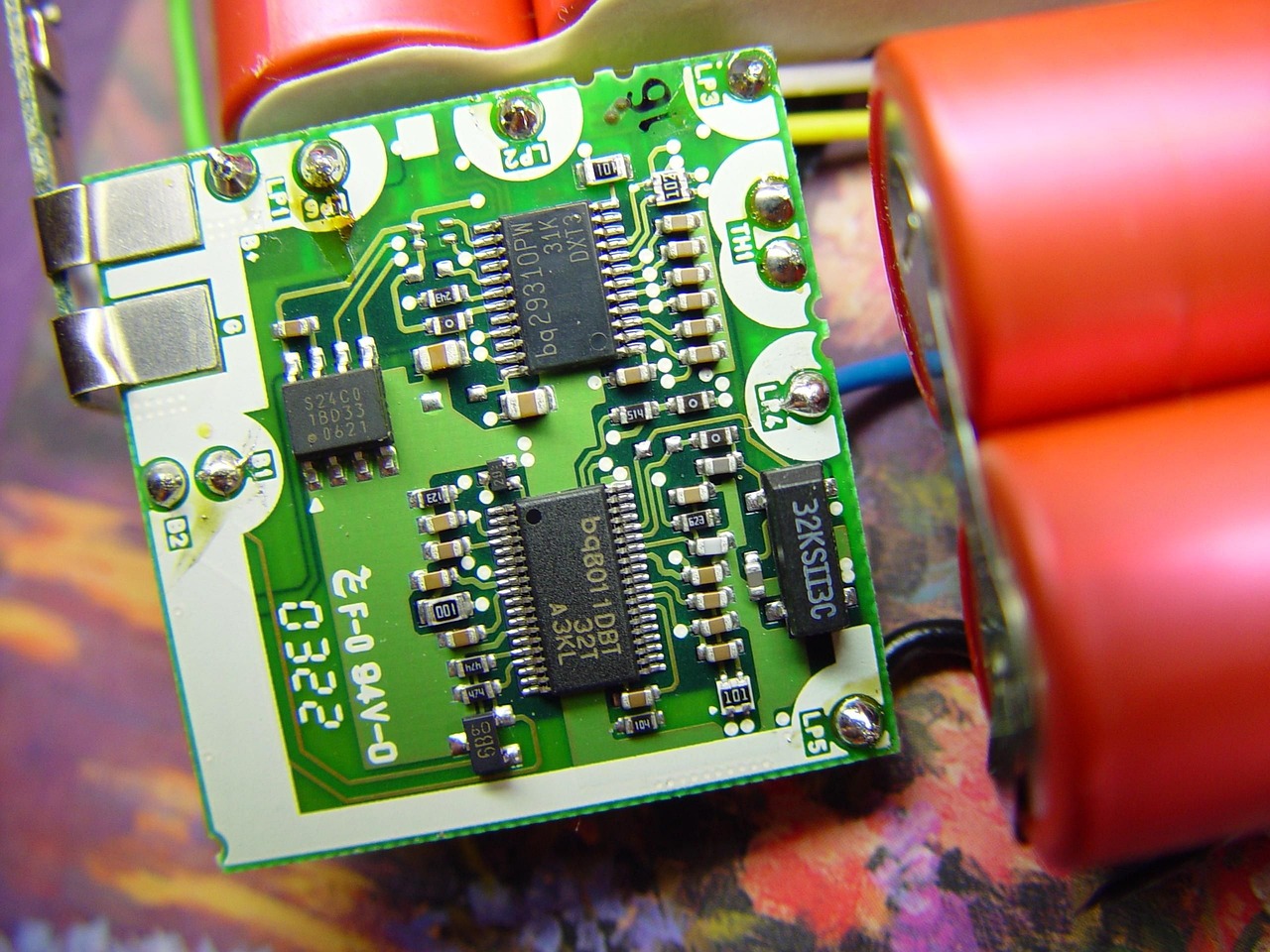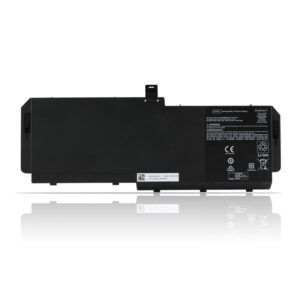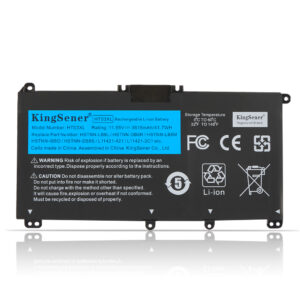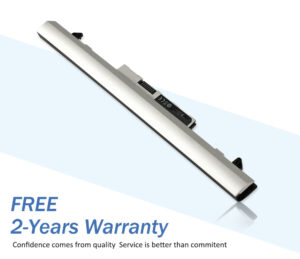Most new laptop batteries consist of 6, 9, or 12 lithium-ion batteries, which are carefully matched together due to their identical impedance levels. Laptop batteries are connected in series and parallel to provide the voltage and current required for the laptop.
The battery in the laptop battery needs to be connected to maintain current. This requires soldering the terminals on the laptop battery together. Many notebook battery manufacturers insert the connected battery into a plastic sleeve and then seal it at the seam using a special ultrasonic machine. Their goal is to keep the batteries tightly connected, as the laptop battery pack must meet precise tolerances in order to be installed inside the laptop.
At one end of the laptop battery pack is a small circuit board that electronically senses the charging and discharging levels, as well as the overall state of the laptop battery, that is, the remaining charge. This component is crucial for laptop battery packs; Without it, lithium-ion batteries will overcharge and overheat.
What is inside the laptop battery?




